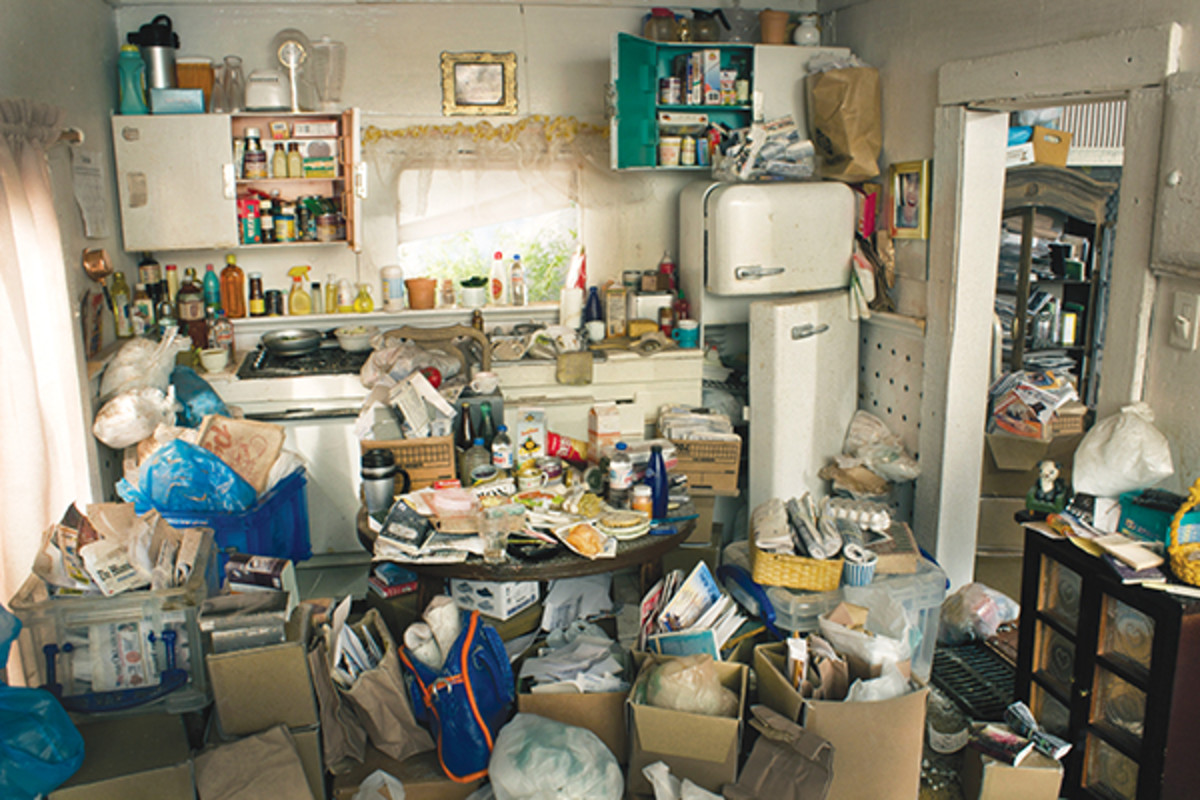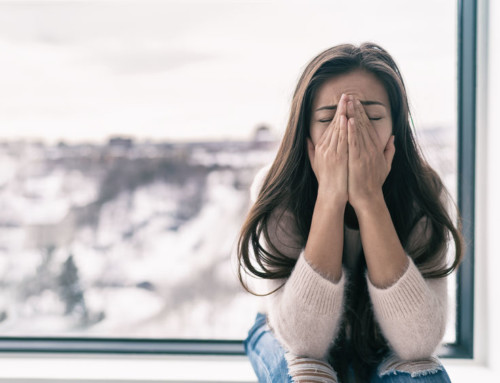Hoarding has been considered an offshoot of Obsessive Compulsive Disorder (OCD), but recently this categorization is being reevaluated. Without exception, hoarding is always accompanied by varying levels of anxiety and sometime develops alongside other mental illnesses such as dementia and schizophrenia. Recent neuroimaging reveal interesting commonalities among hoarders including severe emotional attachment to inanimate objects and extreme anxiety when making decisions.
Hoarding both relieves anxiety and produces it
The more hoarders accumulate, the more insulated they feel from the world and its dangers. Of course, the more they accumulate, the more isolated they become from the world, including family and friends. Even the thought of discarding or cleaning out hoarded items produces extreme feelings of panic and discomfort.
When does clutter become hoarding?
It can be difficult to determine whether someone is a hoarder or just someone who just likes to hang on to things. The main determiner of whether a behavior is just a personal preference or a disorder usually has to do with whether or not, and how much, that behavior has begun to negatively impact daily functioning.
Clinical Indicators of hoarding:
- Cluttered living spaces
- Inability to discard items
- Keeping stacks of newspapers, magazines, or junk mail
- Moving items from one pile to another without discarding anything
- Acquiring unneeded or seemingly useless items, including trash
- Difficulty managing daily activities, procrastinating and trouble making decisions
- Difficulty organizing items
- Perfectionism
- Excessive attachment to possessions and discomfort letting others touch or borrow possessions
- Limited or no social interactions
What causes hording?
There is not a clinical consensus on what causes hoarding, but most people who hoard have experienced a trauma or loss. Hoarding is a “righting reflex” to establish a sense of control over a world that may feel out of control (along the lines of obsessive compulsive disorder and eating disorders). It may be helpful to have conversations with your client or loved one about their history to see if addressing the root cause has a positive impact on their hoarding symptoms. It is also helpful to find small ways that the client can establish control in healthy, adaptive ways..
Hope and Help
Treatment of hoarding disorder can be challenging because many people don’t recognize the negative impact of hoarding on their lives or don’t believe they need treatment. This is especially true if the possessions or animals offer comfort. If these possessions or animals are taken away, people will often react with frustration and anger and quickly collect more to help fulfill emotional needs. The main treatment for hoarding disorder is cognitive behavioral therapy. Medications may be added, particularly if you also have anxiety or depression. If you or a loved one is in need of support for hoarding, reach out to your trusted local providers, and more resources are available at https://hoarding.iocdf.org/.






